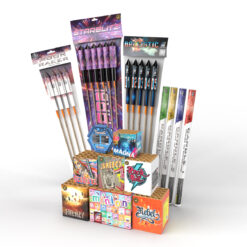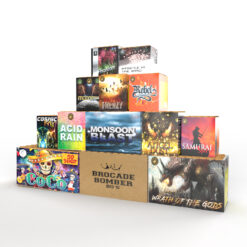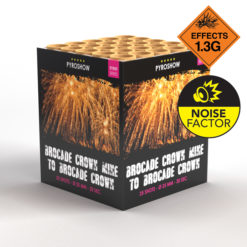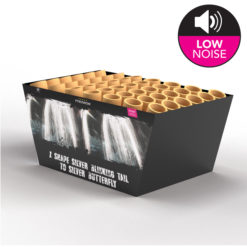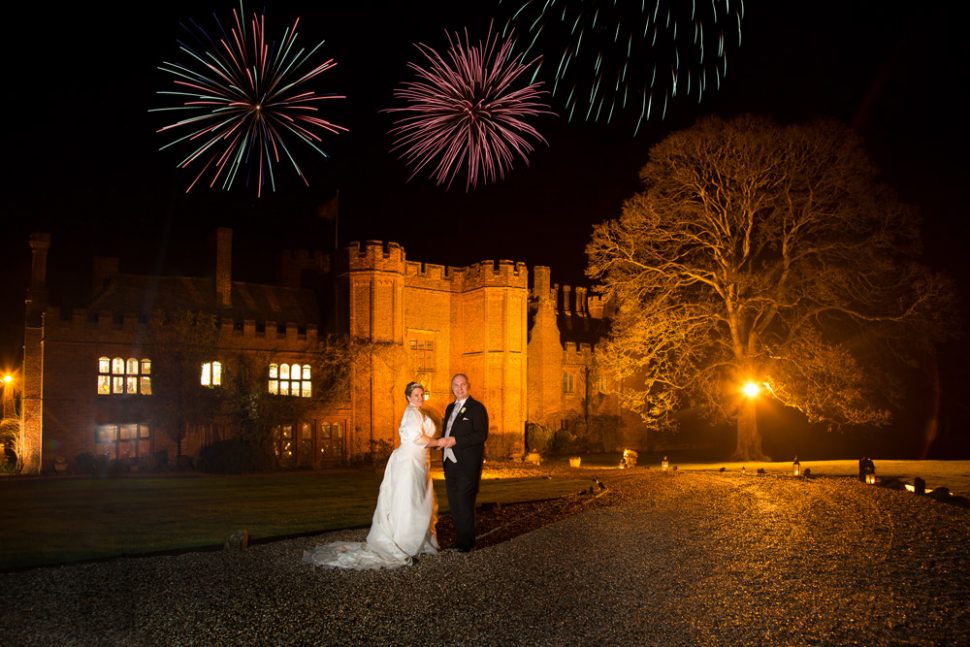
Fireworks: Why Does Our Passion for Pyrotechnics Burn So Bright?
Fireworks continue to ignite the public’s imagination, both in the UK and globally. From small displays for friends and family, to vast New Year party displays, nothing quite holds the attention like a firework show. Why, exactly, is hard to say – although “because they’re awesome” would probably sum it up for many. Why does our passion for pyrotechnics burn so bright?
Fond memories – and dopamine
However, Richard Harris, professor of psychology at Kansas State University, believes those who have a particular fascination with fireworks have fond childhood memories of watching fireworks displays with friends and family. Nothing too controversial there. But when Harris’ colleague Mary Cain, an associate professor of psychology, was interviewed by The Pitch, a deeper insight was offered up. She suggested the risky nature of fireworks may, in some people, trigger the release dopamine – one of the brain’s key pleasure chemicals.
Historical view
Historically, too, fireworks have been with us a very long time. A look at the history of the firework sheds more light on the subject.
Guy Fawkes
In the UK, Guy Fawkes is the man most associated with fireworks. His plot to blow up the Houses of Parliament in 1605 actually resulted in a legislative Act which celebrated his doomed act on the centre of power in England (this was of course long before the United Kingdom came into being in 1707). Annual bonfires have been lit ever since to remind us of the Gunpowder Plot and its failure.
The Chinese factor
Today, China is perhaps the natural home of the modern firework – a country that produces many of the rockets, shells and mines that we love to ignite each year (more about these in a moment).
According to Tom Smith – a pyrotechnics expert who made an intriguing video for the Royal Institution – the Chinese were probably introduced to the firework by the Portuguese, who were fond of using them in warfare.
Early fireworks didn’t resemble the multi-coloured affairs we love today. Early examples exploded in gold and silver.
The different types of fireworks
Most simple fireworks are formed of compositions – a mixture of chemicals – pressed into a tube or aerial shell. These are often used to dazzling effect in both traditional and choreographed displays.
Musical accompaniment
Music can really add to a display. Some suggest that “something with a good steady beat lends itself to fireworks.”, something like Queen’s Bohemian Rhapsody.
There’s no doubting that a good fireworks display takes a lot time and effort to organise – and they can also cost a great deal. The 2015-16 New Year’s display over Big Ben cost around £1.8m – and lasted just 11 minutes.
However, with thousands watching in person – and many millions more on TV – there’s no doubt that such sights bring a lot of pleasure. This pleasure is equally felt by those who organise modest back-garden affairs – perhaps even more so.
Indeed, whatever the size of display, it’s sure to appeal to the pyrotechnic lover in all of us. Give us a ring or fill in our contact form for more information


